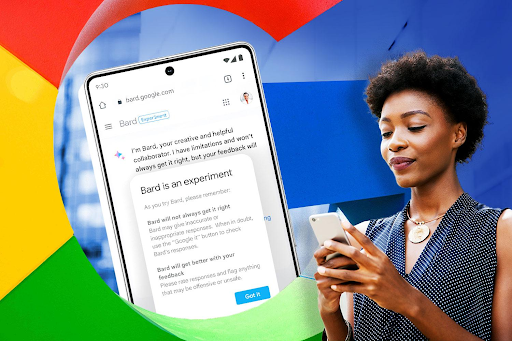Google AI has recently launched Bard AI, a large language model (LLM) chatbot that is capable of generating text, translating languages, writing different kinds of creative content, and answering your questions in an informative way. Bard AI is still under development, but it has learned to perform many kinds of tasks, including:
- Following instructions and completing requests thoughtfully.
- Answering questions in a comprehensive and informative way, even if they are open ended, challenging, or strange.
- Generating different creative text formats of text content, like poems, code, scripts, musical pieces, email, letters, etc.
Bard is powered by LaMDA, Google AI’s Language Model for Dialogue Applications. LaMDA is trained on a massive dataset of text and code, which allows Bard to generate text that is both informative and creative.
Bard is still in its early stages of development, but it has the potential to be a powerful tool for a variety of tasks. For example, Bard can be used to:
- Generate creative content, such as poems, stories, and code.
- Translate languages.
- Answer questions in a comprehensive and informative way.
- Help with research and writing tasks.
- Provide customer support.
- Personal Assistant.
Google is currently testing Bard with a limited number of users, but the company plans to release Bard to the public in the future.
Here are some specific examples of how Bard can be used:
- A writer can use Bard to brainstorm ideas for articles, blog posts, or even novels.
- A student can use Bard to help with research and writing assignments.
- A business owner can use Bard to generate creative marketing content or to provide customer support.
- A language learner can use Bard to practice speaking and writing in a foreign language.
- Anyone can use Bard to learn new things, to be entertained, or to simply have a conversation.
I am excited to see how Bard is used by people in the future. I believe that Bard has the potential to be a powerful tool for learning, creativity, and productivity.
